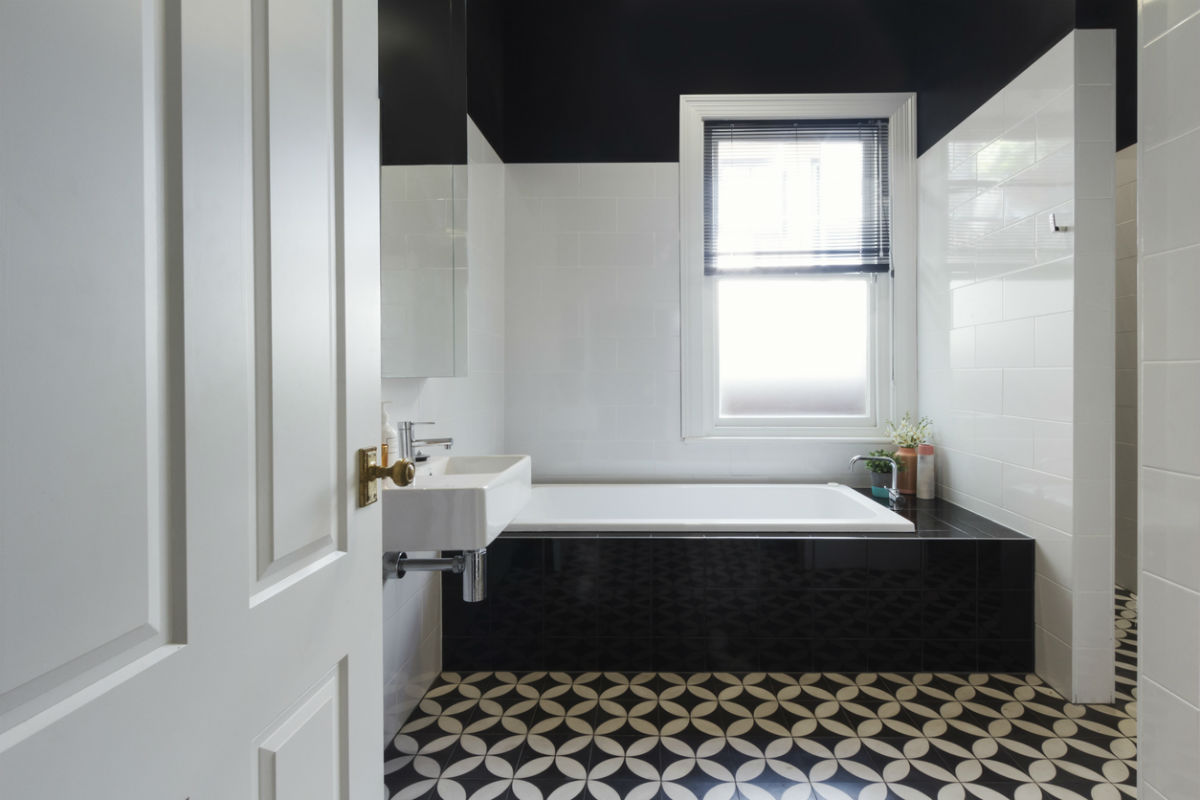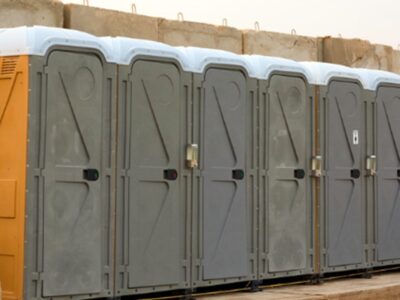If you’re deciding what material to use for the flooring and walls of your house, consider using tiles. One of the best things about floor tiles is they’re low maintenance. They’re easy to clean and don’t need special treatment, unlike wood or carpet.
Tiles are also water-resistant and can withstand many years of wear and tear. Versatility is also one of its strong points—tiles can be used inside the house or outdoor areas, come in many colors and shapes, and can also be used on walls.
Here’s a handy guide on tile options if you’re thinking of sprucing up or renovating your house.
1. Large format tiles – It’s a myth that you need smaller tiles if you have minimal space inside your house. Larger floor tiles can make a small room feel bigger, because it gives the illusion of an expansive room. Using large tiles also makes it a bit easier for workers because there’s a fewer number of pieces for the construction crew to lay down. One example of a large format tile is the Architect tile that gives off a hotel lobby feel.
2. Small tiles – Small floor tiles are also a good choice if you want a classic design for your room. In case of an accident, small tiles are easier to replace because you only need to take out the pieces that need replacing and leave the rest alone. You can use small tiles to decorate your room without adding other objects that can clutter it. Wall mosaics are a good example, or you can pair your floor tiles with Subway tiles, so your walls have a classic but also trendy feel.
3. Glossy or polished tiles – If you’re looking for a low-cost way to make your room feel elegant, polished or glossy tiles like the Seta are a good option. They’re great for reflecting light and give your room a clean and airy feel. Like floor tiles, they can be easy to clean with just soap and water, and the polished effect will make your room feel immaculate.
4. Rough tiles – It’s essential to choose the right tile for each area of your house. Rough tiles that provide grip should be used for outdoor areas like gardens and poolside areas. The Barcelona tile is an excellent example of an anti-slip tile that is safe to walk on even when it gets wet.
5. Loud colors – Another advantage of tiles is choosing and matching any color you want. This means less work because you don’t have to paint anything when you get home, and less costs. The bold colors of the Brooklyn Subway Tiles are a great pairing with plain floor tiles, while the Canary tiles offer subtle hues.
6. Natural feel – You can also play around with tiles that give off the look of a natural texture. The Vinci and Molave tiles look just like wood, while the Marquina and Carrara floor tiles give the look of marble without the hefty price tag.
7. Experiment with shapes – Keep in mind that tiles come in different shapes as well. If you want patterns on your walls or floors, the Morocco or Hexagon tiles can be used as an instant décor and hardware solution.
7 Tile Options You Can Use For Your Floors And Walls











Comments